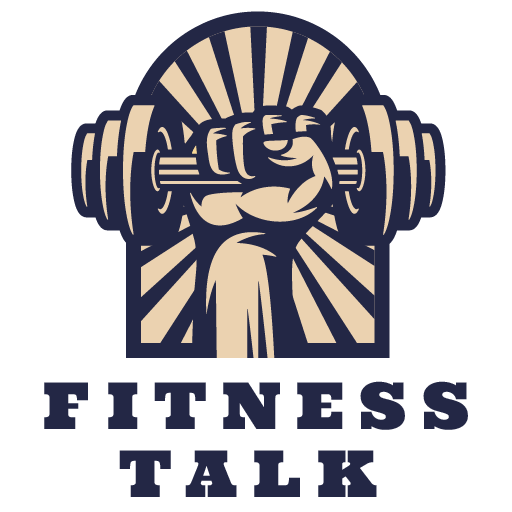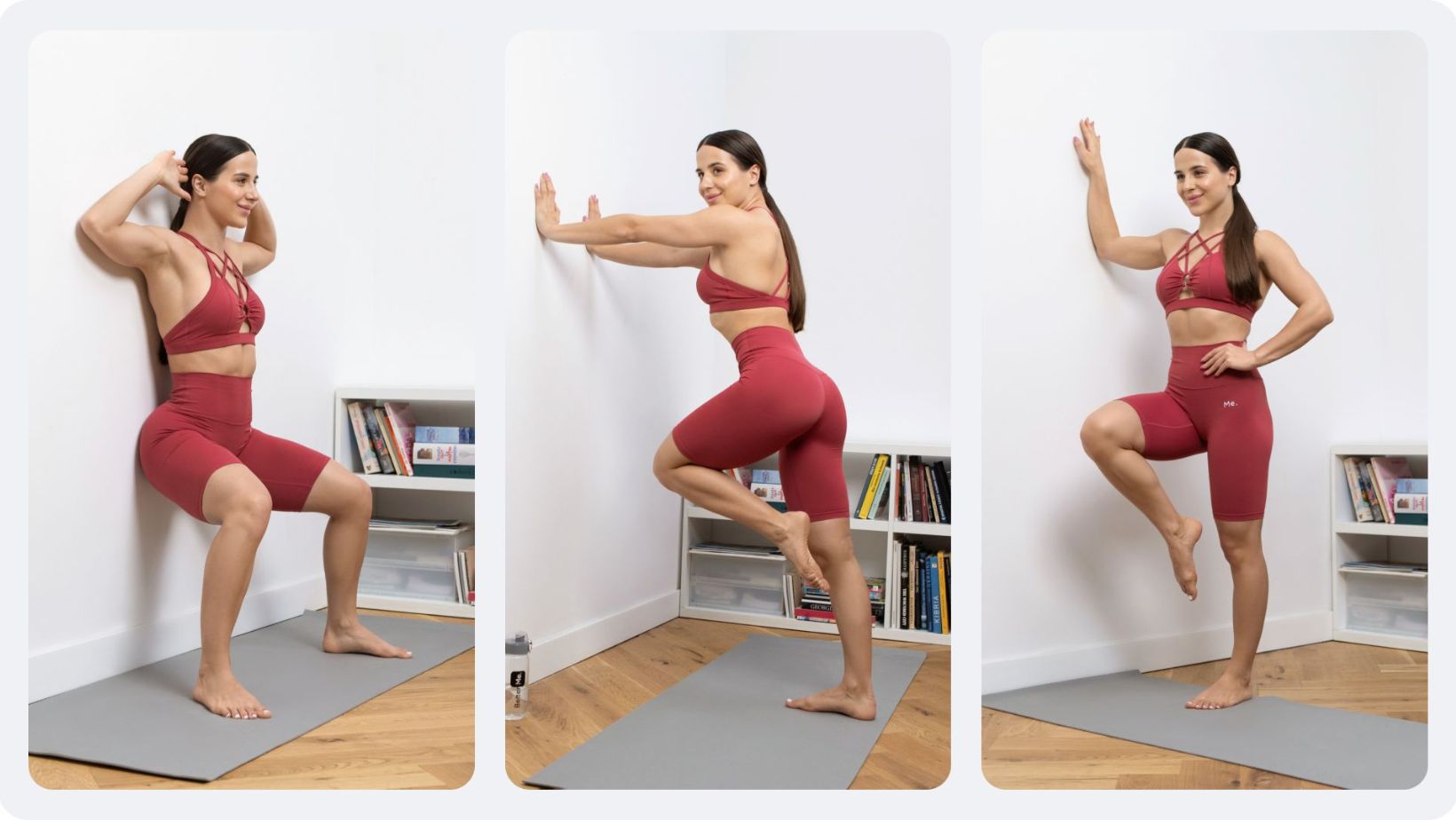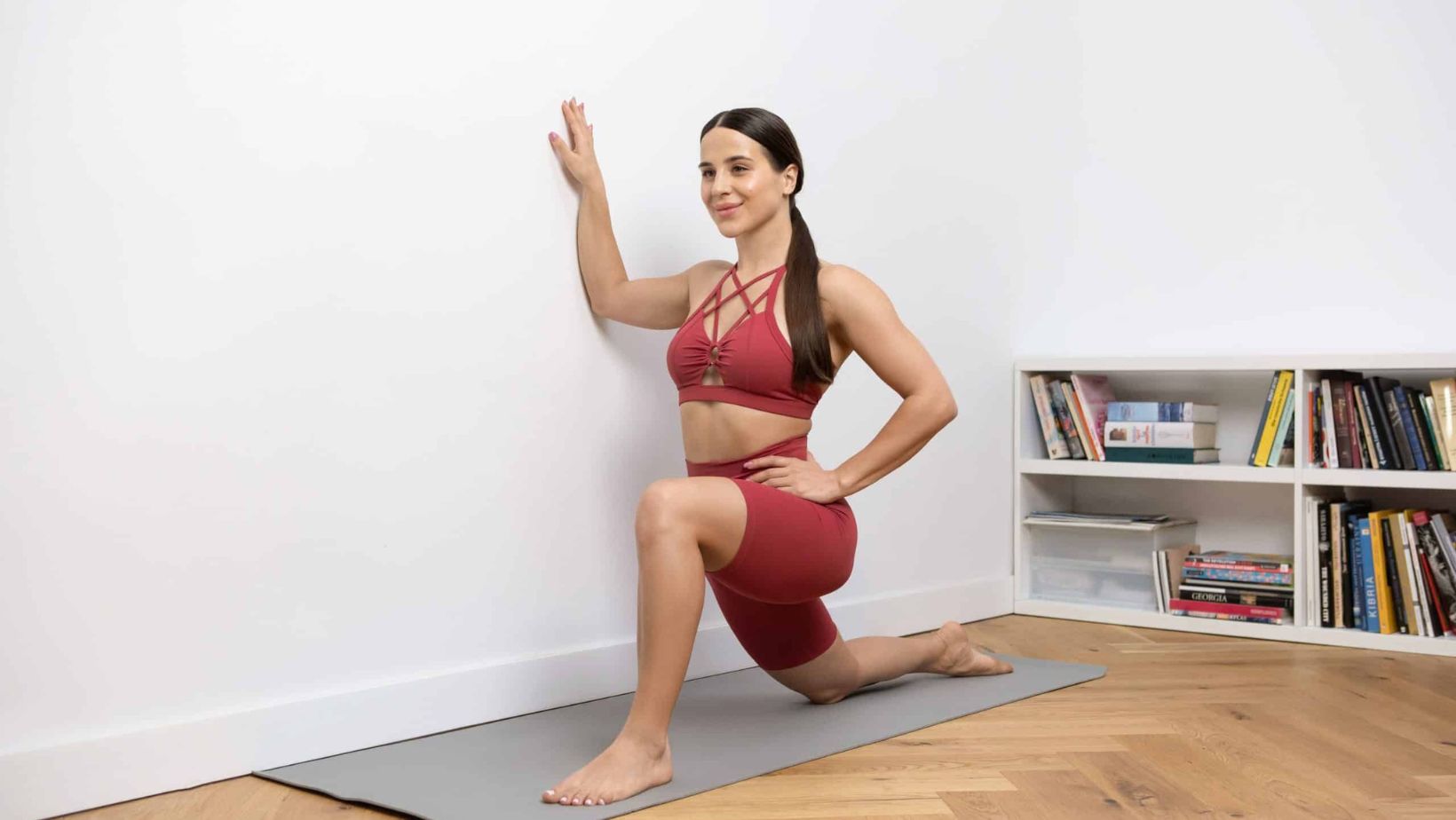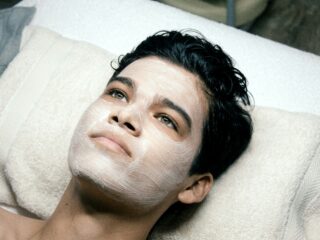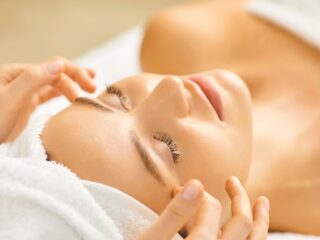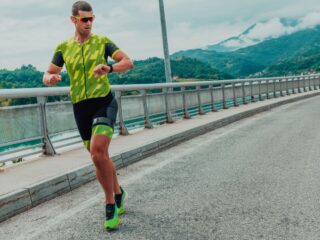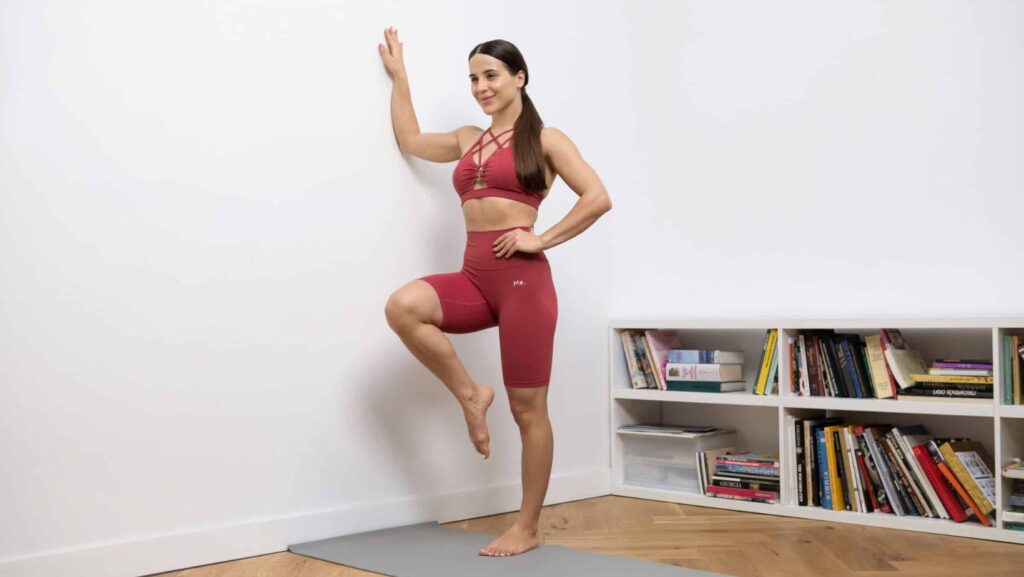
If you’re searching for a fresh way to enhance your fitness routine without straining your joints, a wall Pilates workout might be exactly what you need. This innovative approach uses a simple wall to support and challenge your body, offering a low-impact yet effective exercise method that builds strength, flexibility, and balance. Whether you’re a beginner or a seasoned fitness enthusiast, wall Pilates can be tailored to suit your needs, making it an excellent addition to any wellness journey.
What Is Wall Pilates?
Wall Pilates is a variation of traditional Pilates that incorporates a wall as a prop to assist with stability and resistance. By using the wall, you can perform controlled movements that target your core, improve posture, and enhance overall body awareness. The wall acts as a guide, helping you maintain proper alignment while adding an extra layer of resistance to deepen the workout. This method is particularly appealing because it requires minimal equipment—just a sturdy wall and a mat—making it ideal for home workouts.
The beauty of wall Pilates lies in its accessibility. It’s suitable for all fitness levels, from beginners looking to ease into exercise to advanced practitioners aiming to refine their form. Plus, its low-impact nature makes it a great option for those recovering from injuries or seeking a gentler way to stay active.
Benefits of Wall Pilates
Wall Pilates offers a range of benefits that can transform your physical and mental well-being. Here are some key advantages:
- Improved Core Strength: The wall provides support, allowing you to focus on engaging your deep abdominal muscles. This strengthens your core, which is essential for stability and overall body function.
- Enhanced Flexibility: Many wall Pilates exercises involve stretching and lengthening movements, helping to increase your range of motion over time.
- Better Posture: By emphasizing proper alignment, wall Pilates helps correct imbalances and encourages a more upright posture, reducing strain on your spine.
- Low-Impact Exercise: The controlled movements minimize stress on your joints, making it a safe option for seniors, beginners, or anyone with mobility concerns.
- Mental Clarity: The focus required during wall Pilates promotes mindfulness, helping to reduce stress and improve concentration.
A Simple Wall Pilates Workout to Get Started
Ready to give wall Pilates a try? Below is a beginner-friendly workout that you can do at home. Aim to perform this routine 2-3 times a week, gradually increasing the frequency as you gain confidence and strength. Each exercise should be done with control and precision, focusing on your breath and form.
Warm-Up (5 Minutes)
Start with a gentle warm-up to prepare your body. Stand about a foot away from the wall, facing it. Place your hands on the wall at shoulder height and perform slow, controlled push-ups by bending and straightening your elbows. Do this for 1-2 minutes. Then, turn sideways and do gentle leg swings, holding the wall for balance, for another 1-2 minutes per leg.
Main Workout
Wall Plank (3 Sets of 30 Seconds)
Stand facing the wall, about an arm’s length away. Place your hands on the wall at shoulder height, then walk your feet back until your body forms a straight line, similar to a traditional plank. Engage your core and hold for 30 seconds. Rest for 20 seconds between sets.
Wall Bridge (3 Sets of 10-12 Reps)
Lie on your back with your feet flat against the wall, knees bent at a 90-degree angle.
Press your feet into the wall and lift your hips off the ground, forming a straight line from your shoulders to your knees. Lower your hips back down with control. Rest for 20-30 seconds between sets.
Wall Side Plank (2 Sets of 20 Seconds per Side)
Stand sideways to the wall, with your left forearm resting on it for support. Step your feet out so your body forms a side plank position, keeping your core engaged and hips lifted. Hold for 20 seconds, then switch to the right side. Rest for 20 seconds between sets.
Wall Arm Slides (3 Sets of 10 Reps)
Stand with your back against the wall, arms bent at a 90-degree angle at shoulder height. Slowly slide your arms up the wall until they’re fully extended overhead, then lower them back down. Keep your movements controlled and your core engaged. Rest for 20-30 seconds between sets.
Cool-Down (5 Minutes)
Finish with a gentle stretch. Sit with your back against the wall, legs extended in front of you. Reach your arms overhead and arch your back slightly away from the wall, holding for a few breaths. Then, bring your knees to your chest and hug them, releasing tension in your lower back.
Tips for Success
- Focus on Form: Proper alignment is key in wall Pilates. Engage your core and move slowly to ensure you’re targeting the right muscles.
- Stay Consistent: Aim for 2-3 sessions per week to see improvements in strength and flexibility. Consistency is more important than intensity, especially for beginners.
- Listen to Your Body: If an exercise feels too challenging, modify it or take a break. Wall Pilates should feel supportive, not painful.
- Hydrate and Recover: Drink plenty of water and allow your body time to rest between sessions to maximize the benefits of your workout.
Why Wall Pilates Works
Wall Pilates is effective because it combines the principles of traditional Pilates—concentration, control, and precision—with the added support of a wall. This allows you to focus on engaging your muscles deeply without the risk of injury. The wall also provides a point of resistance, making each movement more challenging and effective. Over time, regular practice can lead to a stronger core, better posture, and increased flexibility, all of which contribute to a healthier, more balanced body.
For a more detailed workout plan, check out this comprehensive guide from BetterMe.
Wall Pilates is a fantastic way to add variety to your fitness routine while reaping the benefits of a low-impact, full-body workout. Whether you’re looking to tone your muscles, improve your posture, or simply move better in your daily life, this method offers a practical and effective solution. Grab a mat, find a sturdy wall, and start your wall Pilates journey today—your body will thank you!
